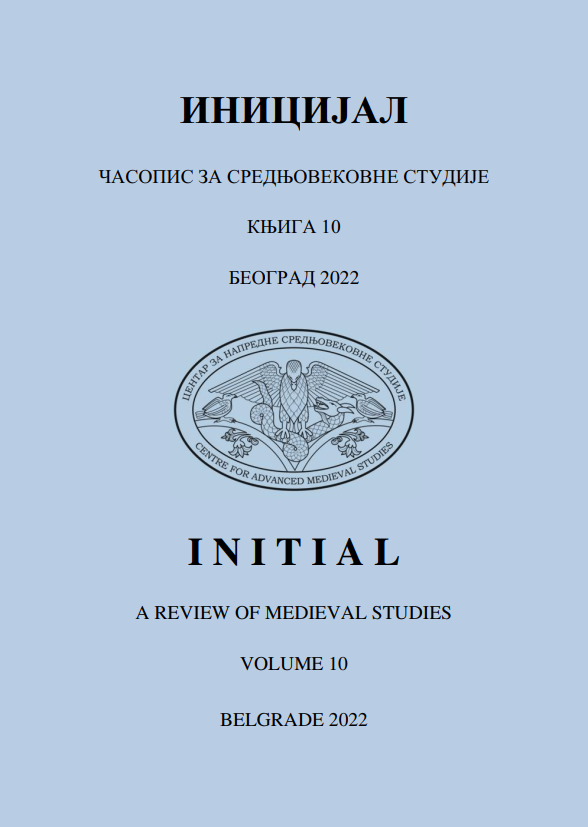МОНГОЛИ У СРЕМУ (1241–1242): ДОГАЂАЈ КОЈИ СЕ НИЈЕ ОДИГРАО
THE MONGOLS IN SREM (1241–1242): A NON-EVENT
Author(s): Aleksandar UzelacSubject(s): History, Middle Ages, 13th to 14th Centuries
Published by: Центар за напредне средњовековне студије
Keywords: Mongol invasion; Cumans; Srem (Szerém); Marchia; Medieval Hungary; Kew (Kő/Banoštor); Francavilla (Nagyolaszi/Manđelos)
Summary/Abstract: All evidence at our disposal shows that the region of Srem was devastated only once – by the Cumans fleeing from Hungary in the spring of 1241, and that the papal letter of 1247 alluded to the wrong culprit. It was possibly a consequence of scribal error or frequent mixing of Mongols (“Tatars”) and Cumans in the eyes of contemporaries. However, the particular moment when the plea of the clergy of Srem was sent to the Roman Curia reveals other, more probable explanations. Namely, exactly between 1246 and 1248 the fear of a new impending Tatar attack was omnipresent in Hungary, efforts were made to strengthen the defense of the country and the Pope himself instigated the Hungarian prelates to participate in the building of new fortifications. Moreover, at that time Béla IV tried and eventually succeeded to persuade the Cumans, who were scattered over the Balkans, to return to Hungary as royal allies. The agreement was crowned with the betrothal between the king’s son and a Cuman princess. In such a climate, characterized by the widespread fear of a new Mongol attack, rapid fortification efforts and the high hopes put into the king’s alliance with the Cumans, it is unsurprising that the clergy of Srem motivated their plea for the establishment of the new seat of the bishoprics by the previous “Tatar devastation”, conveniently omitting particular details of the events, such as the identity of the real culprits – the Cuman allies of the king.
Journal: Иницијал. Часопис за средњовековне студије
- Issue Year: 2022
- Issue No: 10
- Page Range: 29-49
- Page Count: 21
- Language: Serbian

